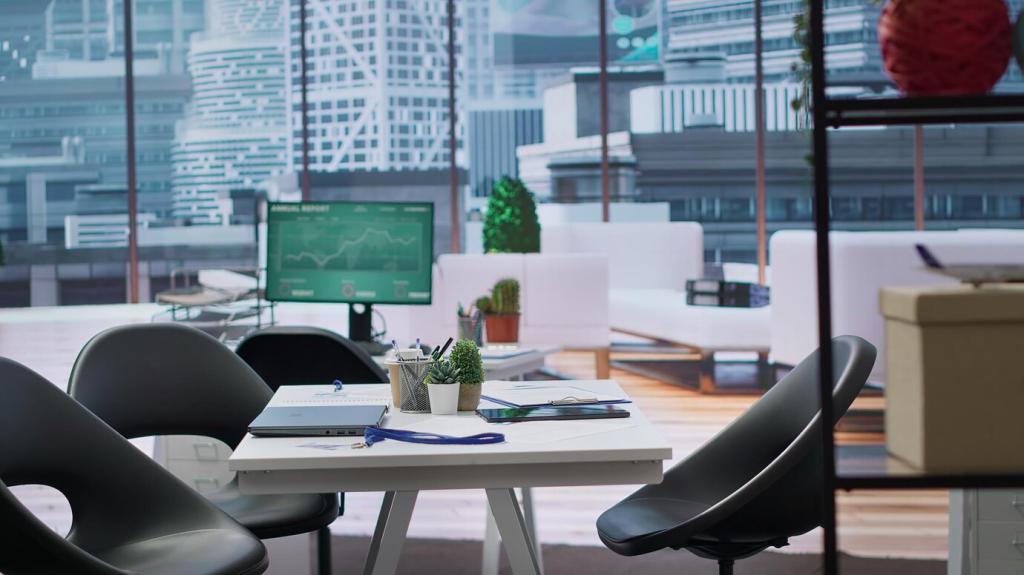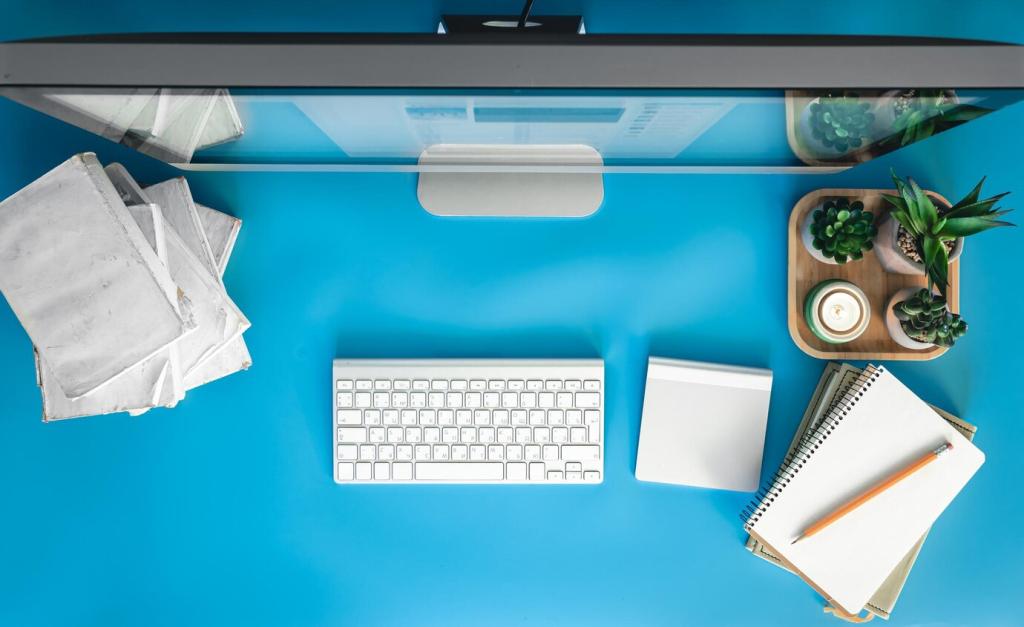Creating a Productive Environment with Minimalist Workspace Principles
The Philosophy of Minimalist Workspaces
Purposeful Space Design
Designing a purposeful space requires an honest assessment of your work habits, needs, and what truly matters to your workflow. Every item in your workspace should serve a clear function or bring joy; anything else becomes clutter that competes for your attention. When you strip the workspace down to its essentials, you create an environment where every aspect is intentional. This intentionality empowers you to direct your focus where it matters most rather than succumbing to the distractions that a cluttered or disorganized space can create. Thoughtful design also encourages movement and adaptability within your day, letting your workspace evolve with you and your work.


The Psychological Benefits
A minimalist workspace does more than just look orderly; it can have profound psychological effects. Clutter in our environment often translates into cognitive overload, which can erode productivity and increase stress. By keeping your workspace clear, you signal to your brain that it’s time to focus and work. The simplicity of a minimalist setup also creates a sense of calm, reduces decision fatigue, and can even boost your motivation. When your physical surroundings are organized, your mind finds it easier to organize thoughts, solve problems, and engage deeply with challenging tasks.
Decluttering for Clarity and Efficiency
Tackling Physical Clutter
Physical clutter accumulates in the form of unused gadgets, stacks of paper, miscellaneous supplies, and personal effects that settle on your desk. The process of removing these distractions starts with identifying what you use daily and what merely takes up space. As you clear surfaces and streamline your tools, you’ll notice the immediate impact—a neater environment, swift access to essentials, and fewer visual cues diverting your attention. This simple act of paring down helps you approach each task with greater intention. Over time, maintaining a clutter-free space strengthens your discipline and fosters a deep sense of pride in your environment.

Selecting Essential Furniture
Furniture forms the backbone of your workspace, and minimalist design means selecting pieces that are both aesthetically pleasing and highly functional. Instead of filling the room with excess, focus on items that support your workflow, such as a comfortable chair, a supportive desk, and adequate storage. Invest in ergonomic options that prioritize your well-being over style alone. Essential furniture should offer flexibility—easy to reconfigure for different tasks or to encourage moments of movement. By minimizing the crowdedness of your space, furniture can help direct your attention to your work and support daily routines that boost creativity and stamina.
Optimizing Lighting and Color
Lighting has a significant impact on productivity, alertness, and mood. Minimalist workspaces rely on abundant natural light or carefully chosen artificial sources that mimic daylight. The right lighting reduces eye strain, enhances concentration, and creates a welcoming environment. Additionally, minimalist spaces often employ neutral or calming colors on walls and materials to help maintain focus. Muted palettes reduce visual noise and provide a subtle backdrop that promotes a peaceful, productive mindset. Thoughtful lighting and color design transform your workspace into a place where you feel energized and inspired to tackle your tasks each day.
Creating Zones and Boundaries
Effective minimalist workspaces establish clear zones for different activities, helping to separate deep work from collaborative projects or personal moments of rest. Defining boundaries can be as simple as orienting your desk away from high-traffic areas or using subtle visual cues to designate areas for focus, storing supplies, or taking breaks. Zoning reinforces routines and ensures each task has an appropriate place within your workspace. By respecting these zones, you protect your focus during demanding work and make space for necessary moments of recharge, all within a balanced, streamlined environment.
Previous slide
Next slide
